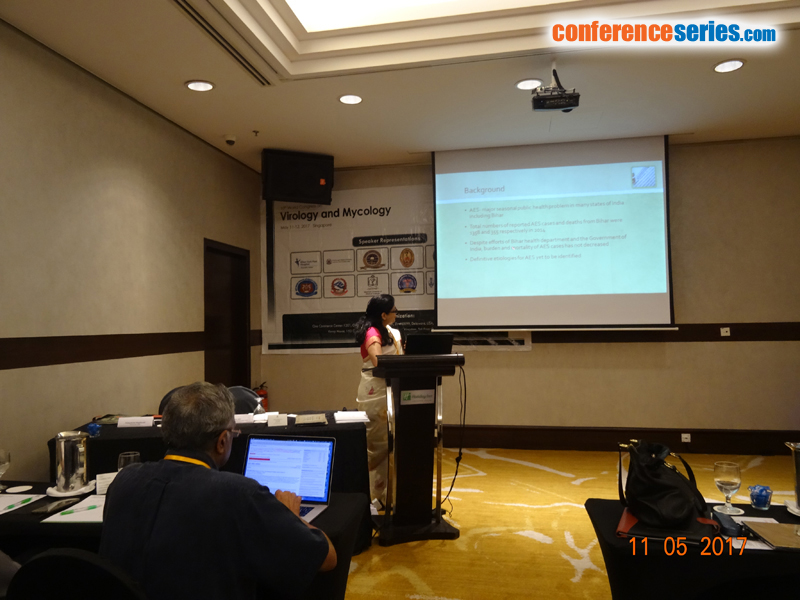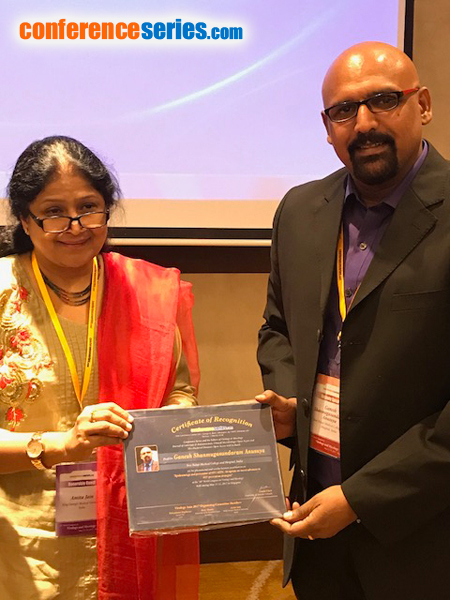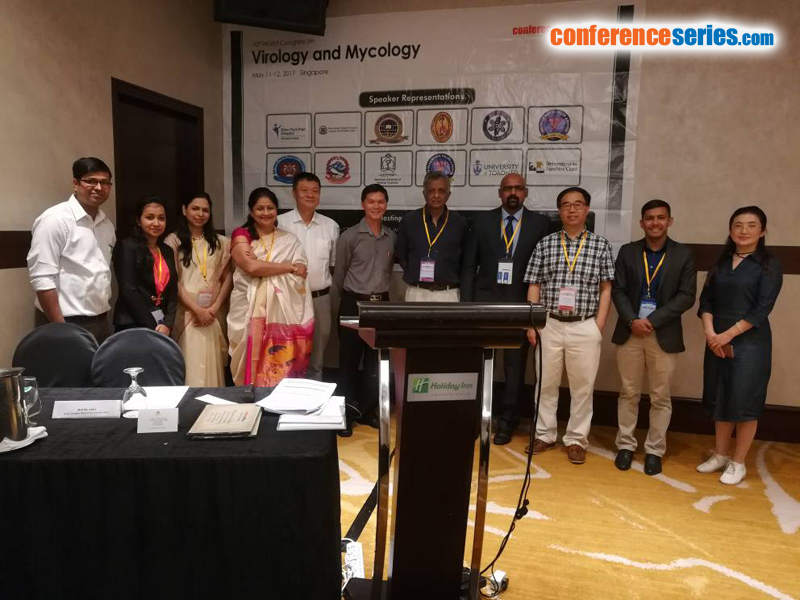
Amita Jain
King George's Medical University, India
Title: Etiology of acute encephalitis cases in Bihar, India
Biography
Biography: Amita Jain
Abstract
Statement of the Problem: Acute Encephalitis Syndrome (AES) is a major seasonal public health problem in many states of India including Bihar. The total numbers of reported AES cases and deaths from Bihar were 1358 and 355 respectively in 2014. Despite efforts of the Bihar health department and the Government of India, burden and mortality of AES cases has not decreased, and definitive etiologies for these illnesses have yet to be identified. The present study was undertaken to study the specific etiology of AES in Bihar. Methodology & Theoretical Orientation: Cerebrospinal fluid and/or serum samples from AES patients were collected and tested for various pathogens including viruses and bacteria by ELISA and/or Real Time PCR. Findings: Of 540 enrolled patients, 33.3% (180) tested positive for at least one pathogen of which 23.3% were co-positive for more than one pathogen. O. tsutsugamushi was the most common etiology (25%) followed by Japanese Encephalitis Virus (8.1%), West Nile Virus (6.8%), Dengue Virus (6.1%), and Chikungunya Virus (4.5%). M. tuberculosis and S. pneumoniae each was detected in ~ 1% cases. H. influenzae, adenovirus, Herpes Simplex Virus -1, enterovirus, and measles virus, each was detected occasionally. The presence of Scrub typhus was confirmed by PCR and sequencing. Bihar strains resembled Gilliam like strains from Thailand, Combodia and Vietnam. Most of the patients were referred from Patna and its surrounding districts. Of the 15 districts referring >10 cases, eleven showed overall high positivity (>30% positives), three districts showed moderate positivity (>20- 30%) and one (Muzzafarpur) showed low positivity (10%) (p value=0.0014, Chi square=13.14) Conclusion & Significance: The highlights of this pilot AES study from Bihar were detection of an infectious etiology in one third of the AES cases, multiple etiologies, and emergence of O. tsutsugamushi infection as an important causative agent of AES in Bihar.







